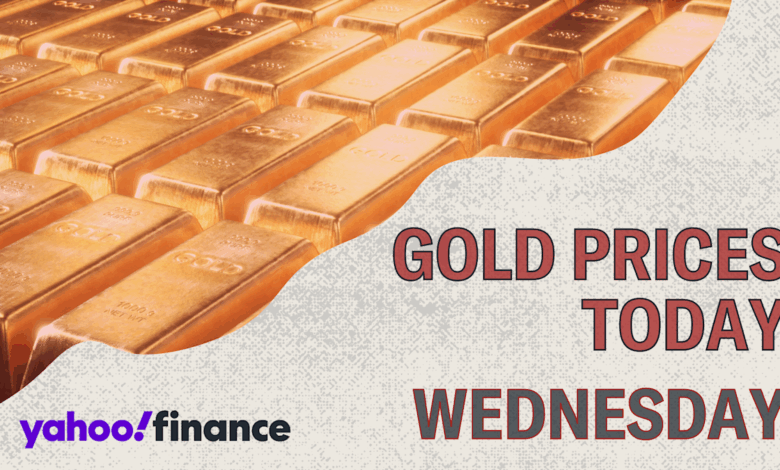Gold ticks up after reports of a pending China trade deal

Gold futures opened at $3,344.30 per ounce on Wednesday, showing a 0.7% increase from the previous day’s close of $3,320.90. The uptick in gold’s price and trading volume was attributed to reports of a potential trade deal with China, although the details of the agreement are still pending approval from leaders Donald Trump and Xi Jinping. The deal includes easing export restrictions on crucial goods, such as China’s rare-earth minerals that are essential for U.S. automakers.
In addition to the potential trade deal, a better-than-expected inflation report also made headlines on Wednesday. The report indicated a 0.3% increase in inflation, surpassing the expected 0.2% rise. This unexpected increase, combined with the easing trade tensions, could lead to a shift in demand from gold to stocks.
The opening price of gold futures on Wednesday marked a 0.7% increase from the previous day’s close and a 0.3% decline from the previous week’s opening price. Over the past month, gold futures have risen by 1.4%, and in the last year, gold has seen a significant 45% increase in price.
Investors interested in tracking the current price of gold can do so on Yahoo Finance, which offers 24/7 monitoring of gold prices. For those looking to explore top-performing companies in the gold industry, Yahoo Finance’s Screener provides a list of companies based on over 150 screening criteria.
When it comes to investing in gold, choosing the right form is crucial. There are three main options to consider: physical gold, gold mining stocks, and gold ETFs. Each option has its pros and cons, and investors should carefully weigh their preferences and risk tolerance before making a decision.
Physical gold, including jewelry, gold bars, and coins, offers the advantage of being readily accessible but comes with the risk of theft or loss and lower liquidity compared to stocks or ETFs. Gold mining stocks provide indirect exposure to gold and offer greater liquidity, but they can be more volatile and lack utility as a medium of exchange. Gold ETFs, on the other hand, are easy to store and tied directly to gold prices but come with fund fees and no utility as a medium of exchange.
Historically, gold has shown extended cycles of growth and decline. Analysts are bullish on gold’s future, with predictions of reaching $3,700 per troy ounce by the end of 2025. Factors such as rising demand from central banks and uncertainty around U.S. tariff policies are driving this positive outlook.
For investors interested in tracking the historical value of gold, Yahoo Finance provides a comprehensive chart dating back to 2000. Whether targeting a higher or lower allocation percentage, understanding the market trends and factors influencing gold prices is essential for making informed investment decisions.





